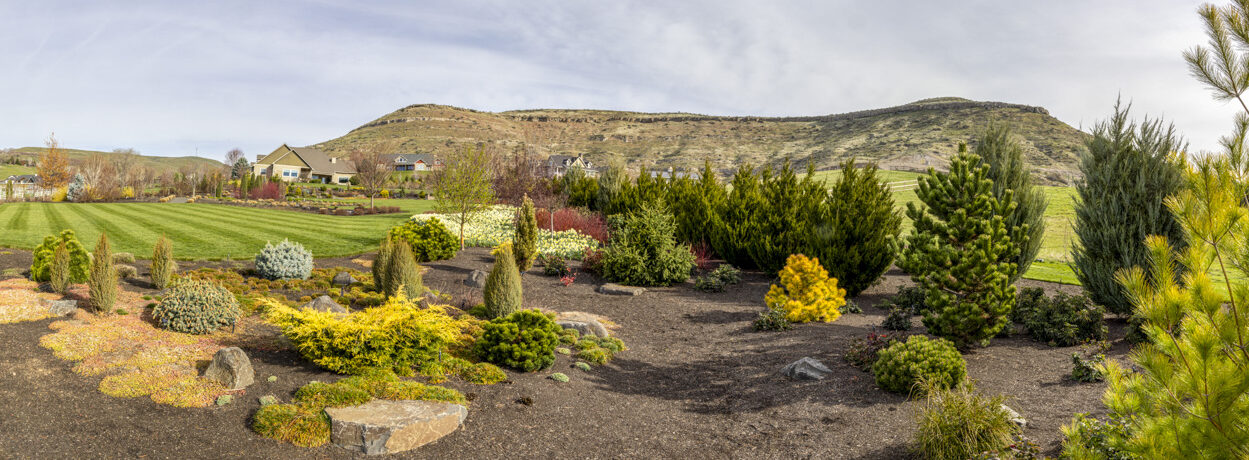 A.E. Larson Building Entry Foyer, Yakima, WA
A.E. Larson Building Entry Foyer, Yakima, WA
I gave myself a photographic assignment to search out contrasts. The contrast could be in relation to many different aspects/perspectives: color, shapes, patterns, light/dark, old/new, etc., or simply an item that does not belong in a specific setting. I decided to walk the streets in downtown Yakima, WA for my search.
My first stop was the A.E. Larson Building. The Larson Building is itself a contrast to its surroundings. With its eleven stories, it towers above adjacent structures. Its Art Deco design stands out from the simpler buildings of downtown Yakima. The interior first floor lobby is heavily decorated with stone and elaborate bronze in the Art Deco style; pretty fancy for a farming-based community.
The above image is from the main lobby entryway. What caught my eye is the contrasting adjacent design. One is horizontal, the other is vertical. One is light, the other dark. The simple spirals tie the designs together.







